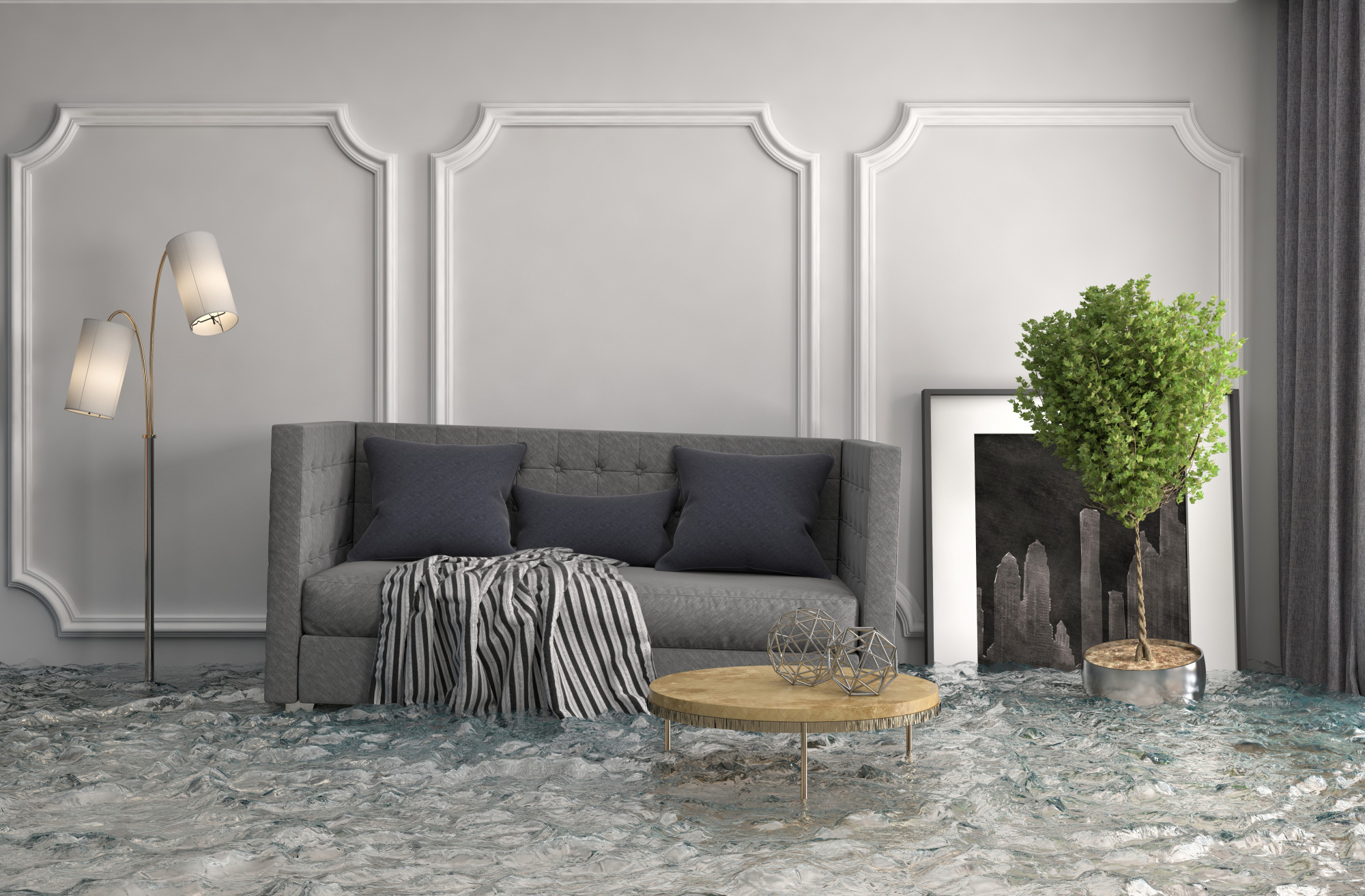How Best to Deal With Flood Damage in Your Home
The storm that brought monumental floods to the Carolinas and caused widespread damage is a shocking still-active case in point of what can happen when damage is severe. Damage can occur even when the damage is not literally flooding.
Sometimes, storms can rip gutters from your roof or leave large holes in your ceiling. Sometimes, storms can rip shingles or siding from your house.
Dealing with that kind of damage comes with its own set of perils and can complicate issues with flood damage. Dealing with it may seem like an impossible challenge, but it’s not.
You can deal with it in several ways. You may choose to enlist the help of experts or try to handle it yourself. It all depends on the degree of damage sustained and what the specific needs of the damage are.
Either way, keep reading to find some suggestions on how to handle those.
Make Sure Everyone Is Safe
It is essential to make sure everyone in your home is safe when you are dealing with flood damage. The first step is to get everyone out of the water and to a safe location. Once everyone is safe, you can start to assess the water damage and figure out the best course of action.
Assess the Damage
Assessing the damage means taking a look at what has been damaged and how badly it has been damaged. Once you have a good idea of the extent of the damage, you can start to plan for repairs.
If the damage is minor, you may be able to repair it yourself. However, if the damage is more significant, you will likely need to hire a professional to come and get your home back up to scratch. You may even consider investing in flood resilient construction for Florida homes (or wherever it is you are) as part of the repair process to help when it comes to any future flooding you may encounter.
Call the Insurance Company
The insurance company will be able to help you assess the damage and determine the best course of action to take. They may also be able to provide you with financial assistance to help cover the cost of repairs and you can know more about flood insurance here.
If they cover the damage, they will likely send an adjuster to assess the damage and give you an estimate. If you do not have insurance, you will have to pay for the repairs out of pocket.
Begin Cleanup Process
Start the cleanup process as soon as possible. This will help prevent further damage and mold growth. First, remove all wet items from your home. This includes carpets, furniture, and anything else that is wet.
Then, dry out your flooded home as much as possible. Use fans and dehumidifiers to help with this process.
Lastly, clean all areas of your home that have been affected by the flood.
Start Repairs
The longer you wait, the more damage will be done. Flood damage can cause mold and mildew to grow, which can cause health problems. It can also cause the structure of your home to weaken.
If your home has suffered extensive damage, you may need to hire a professional Water Damage Restoration contractor to make repairs. Be sure to get several estimates and check references before hiring anyone.
Take Action Quickly to Prevent Further Flood Damage
Flooding is one of the most destructive natural disasters out there, and if your home is caught in the middle of it, you need to act fast. Here are some of the best ways to deal with flood damage in your house, so you can get started on repairs as soon as possible. Don’t hesitate to call in professional help to get your home back to normal.
Thank you for reading this blog post! Check out our guides to learn more!







0